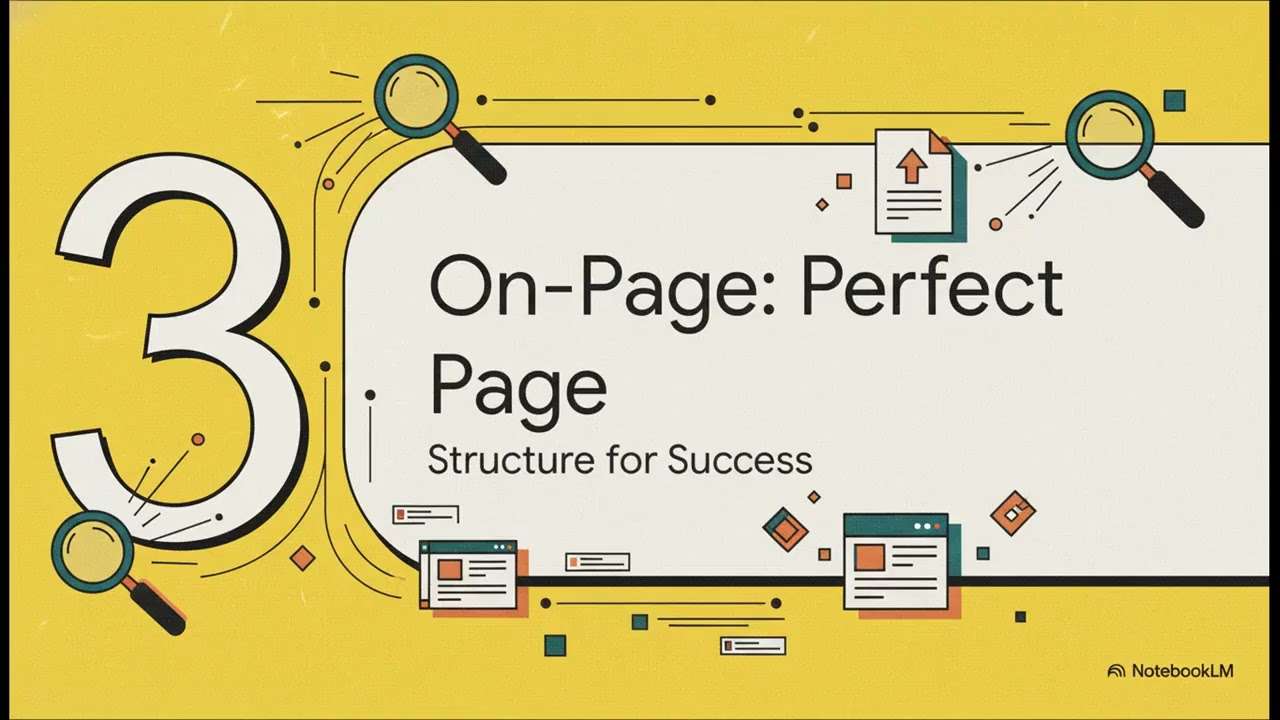

@okabarack
Merry Christmas! 🎄✨
May your days be filled with warmth, laughter, and the simple joys that make this season so special. Wishing you peace, love, and happiness today and throughout the coming year. May your heart be light, your home be cozy, and your Christmas be truly magical.
#nelogram
Barack Okaka Obama is a business professional. He's also the founder of Rankfasta and Nelogram.












